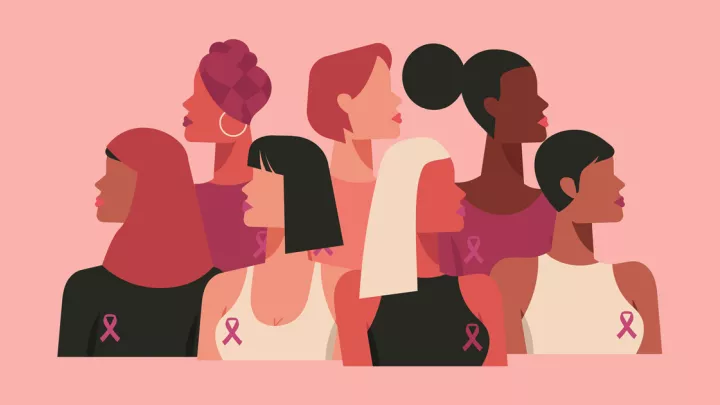Why you should get an annual mammogram

Is an annual mammogram on your calendar this year? If you’re 40 or older, it should be. Many health care providers encourage women to get a baseline mammogram at age 40 and then schedule a mammogram every year thereafter.
Mammography is our best tool for finding breast cancer at an early stage, when treatment is most successful. A mammogram can find changes in the breast that could be cancer many years before physical symptoms develop.
Breast cancer is the second most common cause of death from cancer in women in the United States, after lung cancer. However, since 1989, the number of women who have died of breast cancer has steadily decreased thanks to early detection and treatment improvements.
Schedule your routine screening mammogram online at Nebraskamed.com/Mammo or call 800.922.0000.
Research shows that women who have regular mammograms are more likely to have breast cancer found early, are less likely to need aggressive treatment like a mastectomy, and are more likely to be cured.
According to the American Cancer Society, when breast cancer is found in its earliest stages, the five-year survival is 99 percent or more. In stage II, the five-year survival is 93 percent.
The latest advancement in breast cancer screening, 3D mammography, is providing even better detection. Available at Nebraska Medical Center, Village Pointe Health Center and Bellevue Medical Center, three-dimensional mammography allows the radiologist to view the breast in multiple thin layers or “sliced” images, providing better detection of smaller masses.
Three-dimensional mammography decreases follow-up mammograms by 40 percent due to the greater clarity provided by these images. Overall, it is estimated that it increases breast cancer detection by 10 to 30 percent.
During the test, an X-ray arm scans over the breast taking multiple images in just four seconds.The new technology uses the same radiation dose as standard mammography.
Every woman should request a 3D mammogram to ensure they are getting the best detection technology. Early detection is a woman’s best defense against breast cancer. The smaller a tumor is when detected, the more likely it is to be cured.
Women who are at high risk for breast cancer based on certain factors should get an MRI and a mammogram every year, typically starting at age 30. Your doctor can help you determine when and how often you should be scheduling a mammogram.






